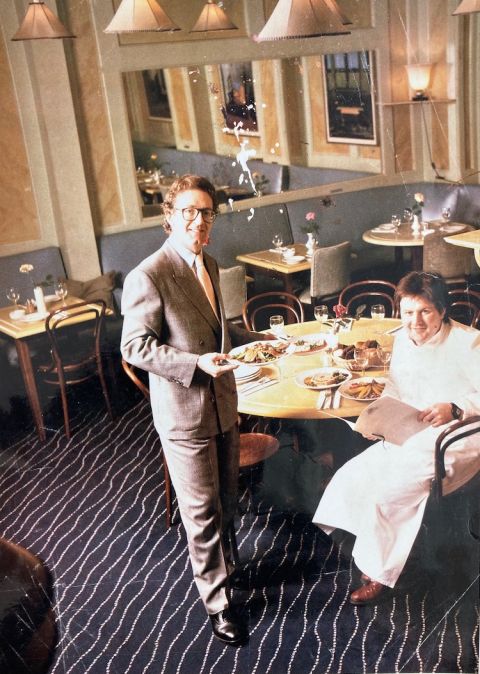There have long been two pieces of paper that are far more important to the long-term success of any restaurant than its menu and its wine list. These are the restaurant’s lease and its alcohol licence.
Both these documents, which may well stay largely unnoticed in a safe, come into their own should the business fail or the restaurateur decide to sell. The lease will determine to whom the restaurant can be sold while the alcohol licence’s precise hours will determine its attraction to future buyers.
But there is today a third set of documents, or their online equivalents, which could determine any future buyer’s interest. These are referred to as EODs, end-of-day reports, and their absence definitely indicates a badly run restaurant.
These reports, usually completed by the general manager or at least the duty manager as the restaurant is being closed up, aim to give the senior management, as well as those coming on duty the following morning, a snapshot of the past 24 hours in the life of the restaurant.
Such reports invariably encompass four different aspects of that day’s service.
The first is the financial side and quite how busy the restaurant has been. Sales figures, both for food and alcohol, will be given for the lunch and dinner service with the number of no-shows carefully noted. There will be the average spend for each service with a note for anything special – such as somebody ordering an exceptional bottle of expensive wine. Notes will be added about any special guest and what action was taken.
So in one EOD report I have seen there was the intriguing comment that a former British prime minister had been a guest in the restaurant’s private dining room. Alongside this comment was a report that his two bodyguards who had had to wait outside his car were rewarded with a loaf of the restaurant’s homemade bread.
Another restaurateur told me that his EOD had revealed that a high-profile member of the UK government’s scientific advisory team had eaten there the night before.
The names of the better-known customers are always noted, even if not necessarily their behaviour or what they ate or drank, together with the names of the staff working. Who was in charge of the kitchen and who was in charge of the front of house are always included.
Then there is a section devoted to the smoothness of the service. Restaurant kitchens can cope with a large number of customers and their orders but what they cannot cope with is a significant number of orders hitting the kitchen at the same time. So part of the task facing anyone answering the phone in a restaurant is to try to persuade any customer away from a booking at 1 pm or 8 pm, which are the most popular times. But customers arrive when it suits them; this can lead to bottlenecks and, on occasion, to a disrupted service. This, the reasons for it and what can be done to prevent its repetition form the basis of any EOD.
Then, finally, there is a section devoted to maintenance. Plenty of things can go wrong in any restaurant. In mine, 30 years ago, which depended on a series of electric lifts to bring the food up from the basement kitchen, the most depressing reading in the morning was ‘Lift breakdown – engineers called’. Other sources of any restaurateur’s anxiety include a blockage in one of the lavatories or a major breakdown in the air circulation either in the kitchen or the dining room. These situations have to be dealt with immediately and prove, invariably, to be costly.
Finally, there is room for more general comments. If, for example, the manager on duty hears a dismal weather forecast for the following day, he can immediately text staff who were going to be working on the terraces, telling them not to come in and thereby cutting down the restaurant’s running costs.
EODs, or ‘shift notes’ as they are called in the US, provide a template for the information required by any head office, particularly today as restaurants are increasingly run by large groups. For Sunaina Sethi, the director of beverages and people at JKS Restaurants, which controls 15 different establishments across London, EODs come into their own as soon as they have opened a new restaurant. ‘During an opening we debrief every night and we use the service feedback to summarise problems that may have arisen, possible solutions, and even some positive points – which tend to be rare when you open. If there are any issues that arise from a particular service, it is very useful to have these EODs to hand, so we have all the facts as a first point of reference.’
I asked Simon King, who has worked as general manager for both Heston Blumenthal’s Fat Duck and for Danny Meyer’s Union Square Hospitality Group in New York, about the origins of EODs. ‘I believe that they entered the restaurant world a few years ago and probably from the hotel industry which has always had a more formal approach to record-keeping.’
Whatever their origin, EODs are here to stay. They are as essential a part of any well-managed restaurant as its menu or wine list. Just not as well publicised.















